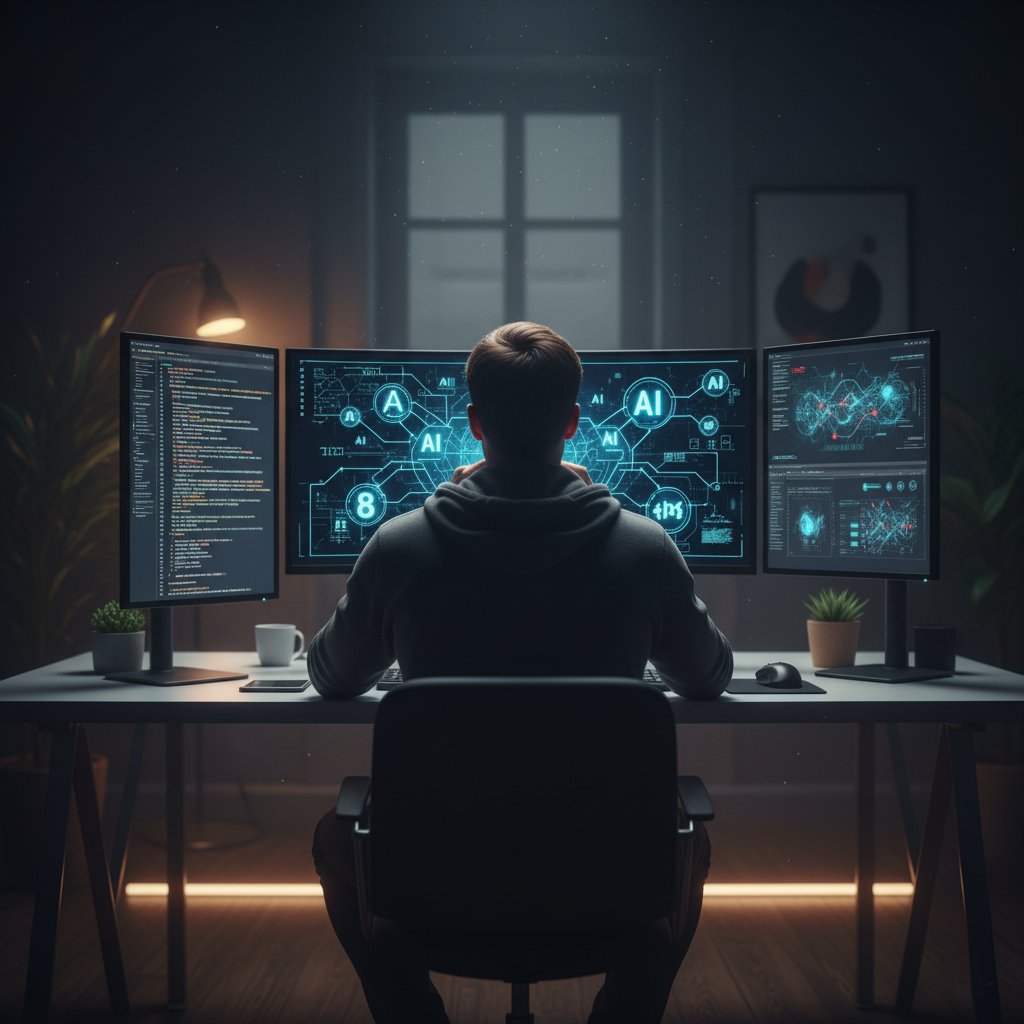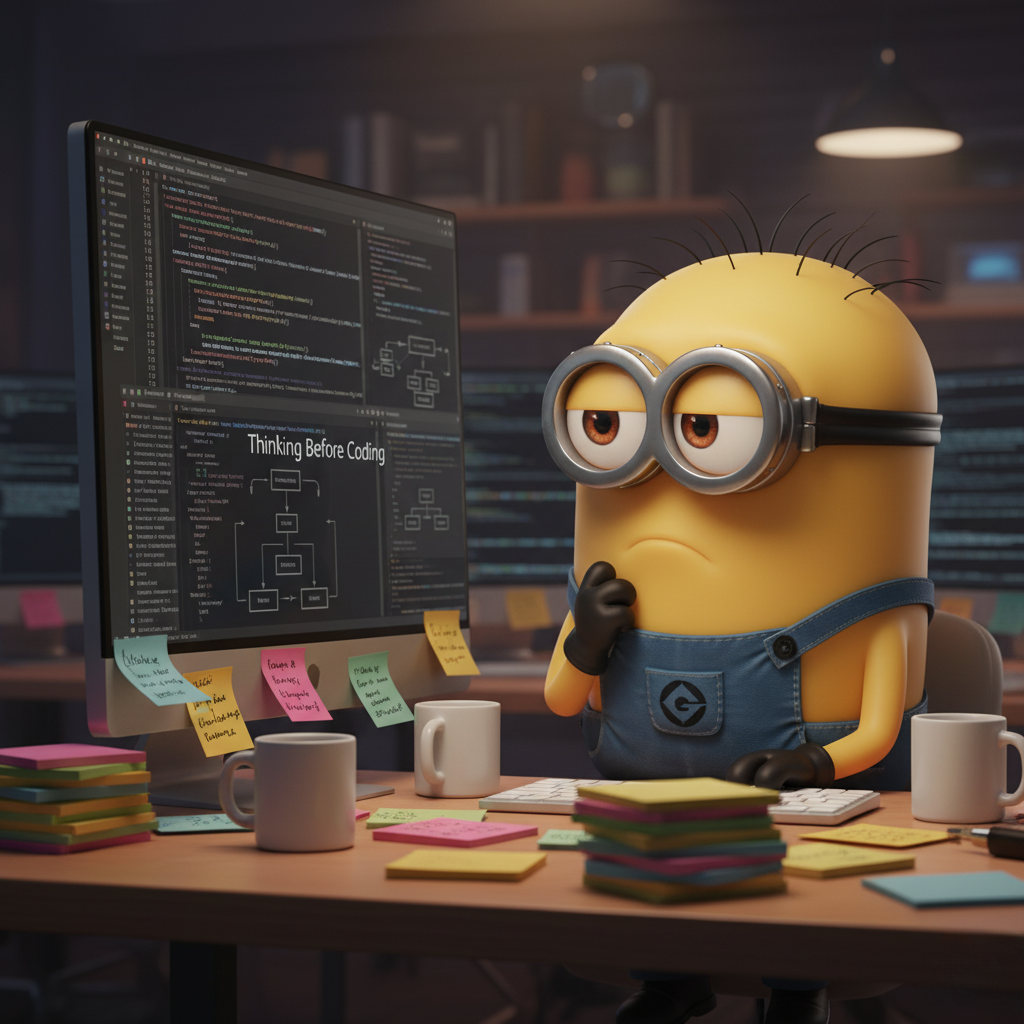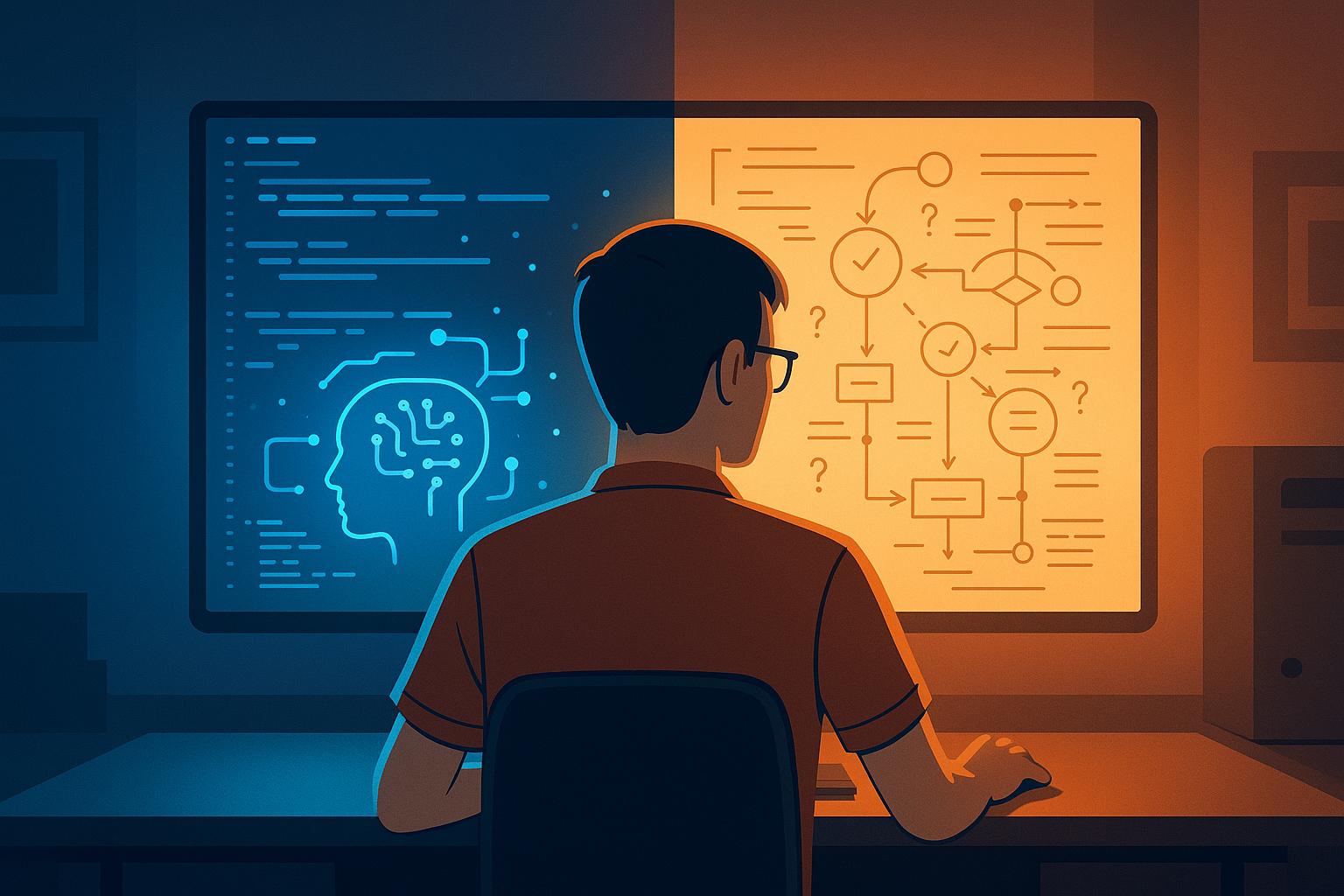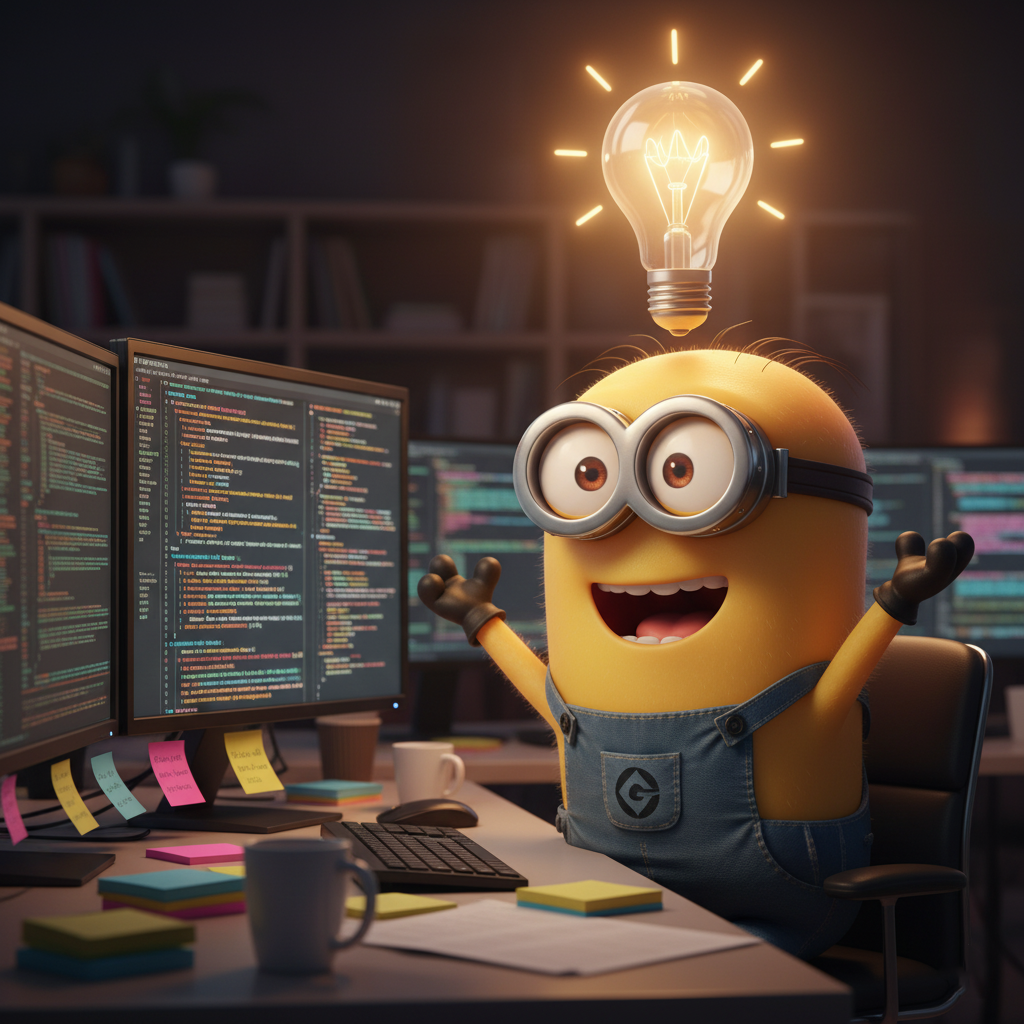Understanding the Problem Before Solving It

Code is just a tool. The real solution lies in how you think.
The Story
In the world of software, our first instinct when we face a problem is to fix it. We dive into logs, inspect every line, add an if, tweak a return. Because our primary tool is code, and our reflex is to fix. But good developers learn to think before they code. The real solution is rarely hidden in the lines — it’s hidden in the way you think.
One day, a junior developer proudly told me about a recent fix:
“Hey, I solved the issue! I just added an if-statement and put the new system’s URL into the ENV variables.”
I paused.
Because I knew that little if and that single ENV variable could become a massive technical debt one day.
The issue wasn’t about writing an if-statement — it was about why it was needed.
In a multi-tenant system, you can’t just throw everyone’s URL into environment variables.
Solving the issue wasn’t the hard part — understanding it was.
Symptoms vs. Root Causes
Most developers chase symptoms:
“The report is slow.”
“The API returns 500 sometimes.”
“The UI freezes.”
But symptoms are just surface signals. The real issue lives deeper — in the behavior that caused the symptom.
Once, a client complained that reports were taking too long to generate. The team immediately went after the database: optimized queries, added indexes, ran tests. Everything looked great — but the user was still unhappy.
Turns out, the report was actually generated fast, but the user was waiting for the PDF upload to finish. The problem wasn’t in SQL — it was in perception.
That’s when I realized: before fixing anything, we have to understand what the real problem is.
Great developers don’t ask, “How can I fix this?” — they ask, “Why is this happening?” Because how changes the code, but why improves the system.

Thinking Before Coding
A developer’s most powerful editor isn’t VSCode — it’s their mind. Before writing any code, you need to mentally model the problem.
I usually take three steps before solving anything:
- Write down the problem in a single sentence.
- Define the inputs and outputs.
- Ask myself, “Under what condition would this fail?”
This simple exercise often solves half the problem already — because thinking is simulation. Once you truly understand the issue, the solution almost reveals itself. But when you rush into coding, you just loop back to the same bug later.
And when I say think, I don’t mean just to find bugs. Sometimes you’ll go so deep into the problem that you’ll question the analyst’s logic. Other times, while improving the UX, you’ll catch yourself thinking, “Wait, am I a designer now?”
That’s exactly when a coder becomes more than a coder — when you start to think like an engineer.
Because good developers don’t just write code.
They think beyond it.
Debugging as a Thinking Discipline
Over the years, I’ve worked with many young developers. One common pattern: most of them don’t debug anymore. Setting breakpoints feels old-fashioned, adding logs feels like a waste of time, and stepping through code line by line feels “too slow.”
But debugging isn’t just a tool — it’s a mental discipline. If you can’t visualize how your code flows, you don’t really understand your system. The debugger doesn’t just validate your code; it validates your mental model. Most bugs don’t live in the code — they live in how you thought the code would behave.
Modern dev environments automate everything: auto-save, hot reload, CI pipelines. That’s great, but it also means many devs forget how the system actually works. When an error appears, the first instinct is: “Should I just ask Google or ChatGPT?” But there’s no real solution without understanding the cause —
because what you’re writing is not just code, it’s your thought process turned into syntax.
I once saw a backend developer struggle with a simple data sync issue for three days. The root cause? The test database was partially pointing to production. The CI pipeline was slow, logs were buried, and there was no local test setup. He wasn’t failing to fix the bug — he was being blocked from thinking. The problem wasn’t the code. The problem was the conditions for thinking.
A good environment makes good thinking possible. If every build takes minutes, tests fail randomly, and logs are chaos, debugging becomes torture. Eventually, developers give up and say,
“Eh, it works now. Ship it.”
But that’s not stability — that’s the death of discipline.
If you can’t test small changes quickly, if you can’t trace a bug in isolation,
then you’re not finishing your work — you’re guessing.
Software development is a loop of trial and feedback. If that loop breaks, productivity becomes an illusion.
Debugging is a mirror.
It reflects how careful, patient, and systematic you are.
To watch your code run step by step isn’t just understanding the system —
it’s understanding yourself.

Blind Trust in AI Tools
Another modern habit: asking AI tools for every problem. These tools are incredible — fast, smart, and endlessly helpful. But there’s a hidden danger: AI gives you answers without understanding.
When you let AI think for you, it slowly numbs your ability to reason. It shortcuts your curiosity, your “why”, your exploration. It replaces discovery with convenience — and that’s where growth stops.
It’s the Icarus Syndrome of software development: flying high on technology until you melt your own wings.
AI tools are brilliant assistants, but if you have little experience, they’ll quietly weaken your mental muscles. You’ll stop questioning, stop breaking things on purpose, stop learning the hard way.
And one day, your company might ask the hard question:
“If AI can do this for $30 a month, why should we hire you?”
AI isn’t the enemy. Blind dependence is.
A true developer uses AI as a tool — not as a crutch.
The Art of Simplicity
One of the biggest traps in software is the desire to look “smart.” Complex algorithms, fancy abstractions, over-engineered architectures…
But real mastery lies in simplicity. Simplicity isn’t laziness — it’s courage. Because simplifying means you’ve truly understood.
In a world that celebrates complexity, it takes maturity to say,
“Let’s make this simple.”
A function full of nested if statements isn’t clever — it’s indecisive. Every “else if” is a trace of uncertainty. When you don’t understand the problem deeply, you write more code than you should. The system grows — but doesn’t get better.
“Software engineering isn’t about solving complexity.
It’s about revealing simplicity.”
The Power of “Why”
The most powerful question a developer can ask is why.
“Why does it work this way?”
“Why was this architecture chosen?”
“Why is this value null?”
Why questions reveal how systems truly behave. And in my experience, 80% of bugs are solved once someone finally asks “why”.
“How” touches the code.
“Why” touches the design.
And the quietest person on the team — the one who asks “why” the most —
is often the one who understands the system best.
Making Mistakes, Learning, Rethinking
Mistakes are inevitable. But every mistake is a lesson — a mirror that reflects how you think.
The real question isn’t “Why didn’t this code work?”
It’s “Why did I think this would work?”
After every fix, take a moment to ask yourself that. If each mistake helps you think deeper, you’re growing. Good developers don’t avoid failure; they just avoid repeating the same reasoning.

Conclusion: Understanding Is Half the Solution
The essence of software development isn’t in typing — it’s in thinking.
Frameworks, tools, and languages will change. But your way of thinking defines who you are as an engineer.
Understanding code is easy.
Understanding the problem is hard.
But once you do, the code almost writes itself.
Every line of code is a footprint of a thought. And the clearer that thought, the stronger the system.
True mastery isn’t about writing fast — it’s about thinking deep. Because sometimes, the best solution is to not write any code at all.